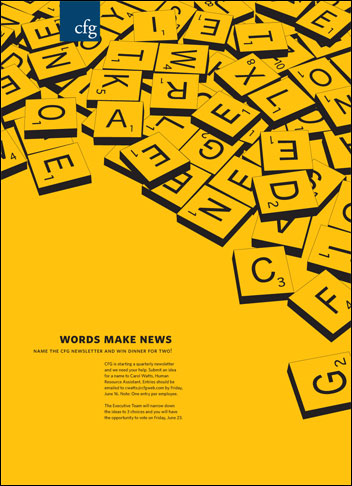Arial, although accused of being a bootleg Helvetica, has similar properties to the popular typeface. It has a slightly more curvaceous look to it, but it's simple enough in the sense that it makes for an easy read.
What about Comic Sans? Many typographer detest comic sans, but it is a very useful and very simple font. Comic sans is a dominating font on most cellular phones because of how easy it is to read in such a small point size.
Maybe I'm trying to stir the waters of the type world, but it's worth the risk. There are thousands of typefaces out there and, while many of them are useless, many more can find there home in the graphic design world.
What do you think?
